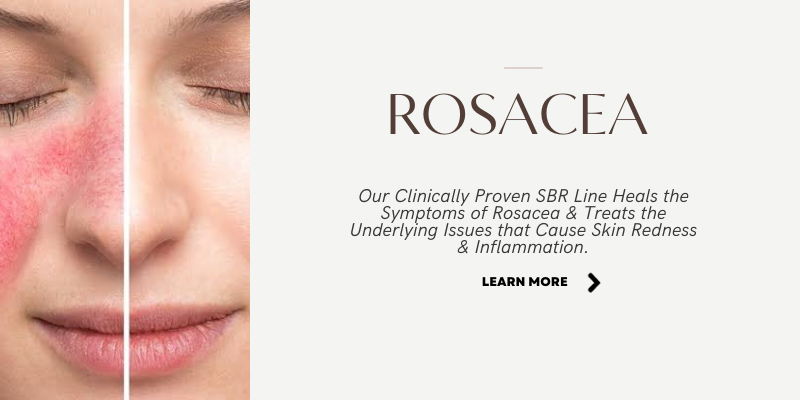We bet you didn’t know that there are more than 150 clinically validated as comedogenic ingredients (pore clogging agents) that are also designated as GRAS (Generally Recognized as Safe) by the FDA? If your favorite skin care product labels read ‘Won’t Clog Pores’ or ‘Non-comedogenic’, be sure and double-check the formula!
Quantifying Comedogenic Ingredients
According to recent comedogenicity studies, pore clogging ingredients are rated on a scale of 0-5, where a lower rating (0-2) indicate that the ingredient is less likely to clog pores, whereas comedogenic rating above a 2 should be avoided if you are prone to whiteheads or blackheads.
Priority List – Toxic Comedogenic Ingredients to Quit Right Now
Here is a list of some of the most common ingredients in skin care products that can clog pores leading to acne, pimples, blackheads or whiteheads:

1. Benzaldehyde
This chemical is frequently used in artificial ‘fragrance rich’ products. Benzaldehyde has a comedogenic rating of 3.5 and is one of the reasons why beautifully scented skin care and hair care products are also skin irritants that can clog pores.
2. Isopropyl Palmitate
Palm Oil derivatives such as Isopropyl palmitate are often used in moisturizers (especially tinted moisturizers). They have a high comedogenic rating of 4.0. Other fatty acid derivatives such as Ethyhexyl Palmitate (used in cosmetics such as Bronzers), Retinyl Palmitate (used in Vitamin A enriched Anti-Aging skin care products), Acorbyl Palmitate (Vitamin C Ester) and others are skin irritants and pore clogging ingredients that should be avoided, particularly if you are prone to blackheads and whiteheads.
3. Sodium Lauryl Sulfate
Commonly used in foaming facial cleansers and shampoos, Sodium Lauryl Sulfate (SLES) has a comedogenic rating of 5.0, while Sodium Laureth Sulfate (SLS) has a rating of 3.0. Always make sure you use SLS/SLES Free Cleansers to restore the pH balance of your skin and protect it from vulnerability to acne and irritation.
4. Dimethicone
A common ingredient in most commercial sunscreens, as well as many hair care products, Dimethicone, while only having a Comedogenic rating of 1.0, can cause many problems for individuals with sensitive skin. Using a Chemical-Free, All Natural Mineral Sunscreen, as well as avoiding Hair Care containing this ingredient, will help sensitive (Pitta) individuals to moisturize their skin, stay protected from UV skin damage, as well as help prevent acne breakouts.
5. Cetearyl Alcohol
Though Cetearyl Alcohol by itself has an comedogenic rating of 2.0, when combined with Ceteareth-20 in the same formula, it becomes 4.0, particularly when it’s listed higher in the ingredient list, i.e. is in larger quantities.
6. Acetylated Lanolin
Lanolin is a natural ingredient extracted from sheep wool, and is often used in moisturizers to help keep skin soft and supple. Unfortunately lanolin also has a comedogenic rating of 4.0. It can also presents on ingredient labels in the form of acetylated lanolin alcohol, PEG 16 lanolin and ethoxylated lanolin.
The Way Ahead
While we don’t believe there should be much of a debate regarding whether one should use natural ingredients in a skin care routine, it should also be understood that not all natural ingredients are non-comedogenic. For instance, pure coconut oil has a comedogenic rating of 5.0, whereas capric acid in sunflower oil and Almond Oil has a comedogenic rating of 3.0 and 2.0, respectively. To reap the benefits from natural ingredients without clogging pores, it’s important to keep an eye on ingredient concentrations/ratios.
In our next week’s blog post, we’ll be discussing non-comedogenic natural botanical extracts, as well as organic ingredients that are not only acne fighting agents, as well as oil free, but will also help in ridding your skin of plugged pores and excess oil for clearer skin.


